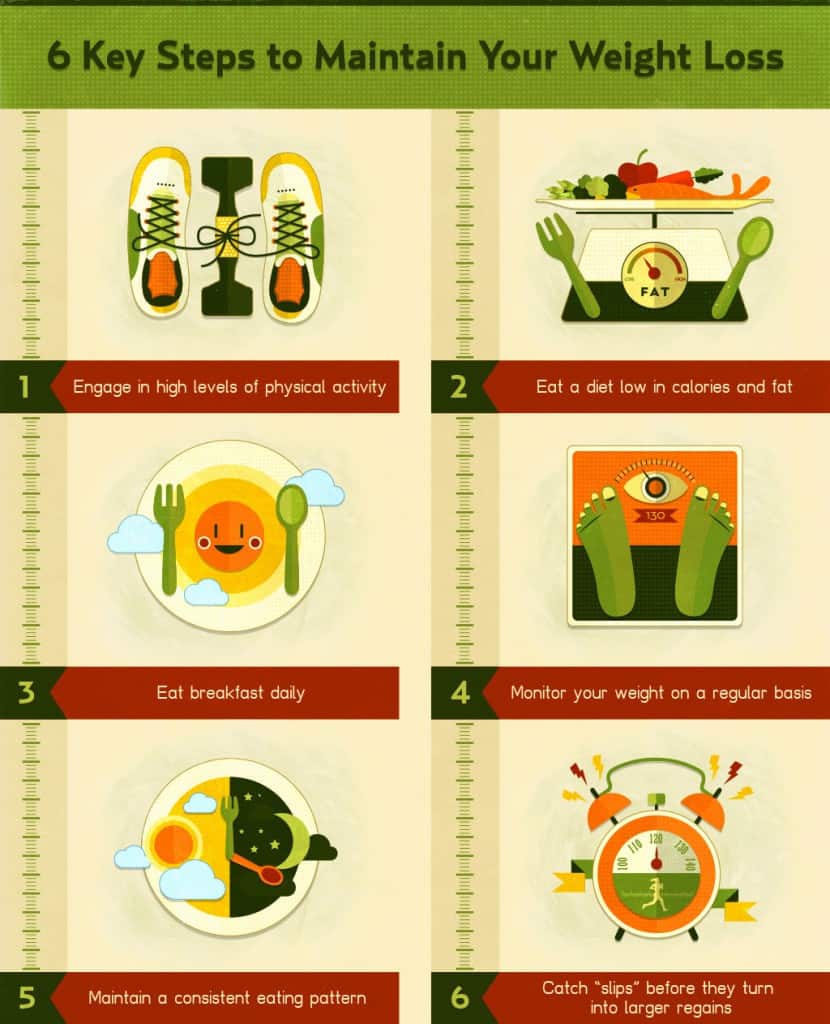What it takes to see your resolutions through
In six months time, the percent of New Year’s resolutions you keep—Lose weight! Spend less! Find love!—will fall from 75 to 46%, says a study published in the Journal of Clinical Psychology. Add age into the mix and 39% of people in their twenties will keep their resolutions at all compared to 14% of people ages 50 and over.
As depressing as that sounds, goals are not hopeless. It is possible to stay motivated in the months that follow January. The trick is to make a plan and go for it.
Better yet, we’ve rounded up a few tips to help get you started.
Think big picture…
When it comes to weight loss, the bigger, more challenging the goal, the better, finds research in the American Journal of Health Promotion. A challenging goal requires more planning, like how exactly you’ll achieve it and recover from possible setbacks, thus a stronger will to see it through. Think a half marathon instead of a 5k and going vegetarian instead of meatless on Mondays.
But be careful not to over-plan, says a study in the Journal of Consumer Research. When you overestimate what you can get done, you’ll start to worry anything can get done and just not do anything at all.
…but be realistic
You want to challenge yourself within reason. “When people start to realize that their projections were wrong, they begin to feel overwhelmed,” says Amy Dalton, PhD, an assistant professor at the Hong Kong University of Science and Technology.
That’s not to say don’t reach for the stars. By all means, do. But make sure it’s line with your past successes. Dramatically straying from those initial methods can make it harder to achieve new goals.
Check in with yourself
Depression has long been associated with overgeneralizing, says researchers from the University of Liverpool, and their study finds that when you’re depressed, you don’t make specific goals. Without details, it’s harder to envision yourself succeeding.
Clearing those mental blocks, be it depression, anxiety or stress, can help you set up a better path for success. And often times, the solutions are in-line with other goals, e.g., massage for well-being and yoga to calm down.
Get personal
The busier people you know are the best untapped source of inspiration. Seeing someone you know has a longer to-do list longer than yours still go to yoga or walk in with a packed lunch, makes your schedule seem manageable. You’re less overwhelmed and aware of the time you have to work on your resolutions.
Progression, not perfection
It’s called orthorexia—a disorder where a person is obsessed with perfect, clean eating—and it’s not a good idea. A restrictive diet, or a generally obsessive attitude, can actually inhibit weight- and fitness goals.
According to a 2010 study in the journal Appetite , the simpler your diet, the easier it is to stick to it. What that means: eat as healthy as you can, when you can. Don’t beat yourself up over that cookie and take a minute to enjoy what’s on your plate.
In addition to this helpful tip, a 2005 study published in The American Journal of Clinical Nutrition, indicated six key steps to maintaining weight loss. 1) Engaging in high levels of physical activity; 2) Eating a diet that is low in calories and fat; 3) Eating breakfast; 4) Self-monitoring weight on a regular basis; 5) Maintaining a consistent eating pattern; and 6) Catching “slips” before they turn into larger regains.
Embrace change
It’s normal to set a goal for yourself, reach the halfway mark and realize it’s not exactly what you intended to do. And that’s OK! It’s just an opportunity to regroup and see what changes should be made to your overall success plan.
Though if your goal has taken a completely wrong turn, then giving up is OK, too. No, you didn’t make it, but it wasn’t all for nothing. Everything you’ve learned about eating, organizing, dating, what have you, will still be with you when once you’re ready to try again.



